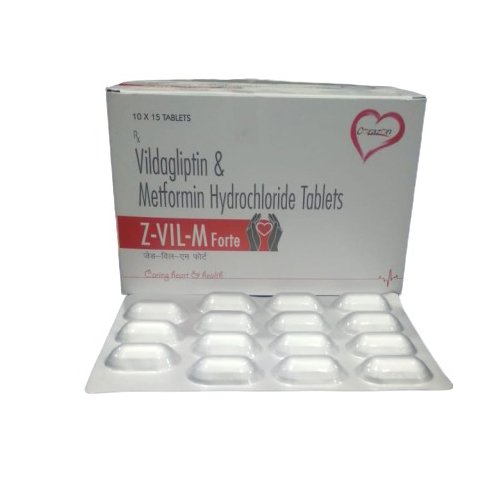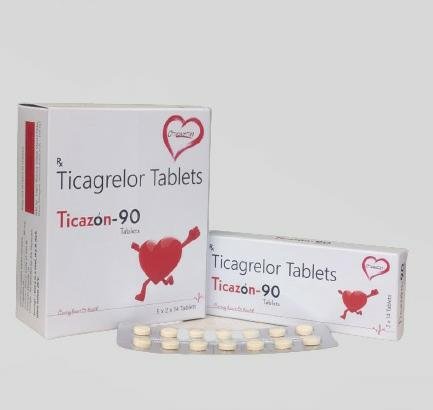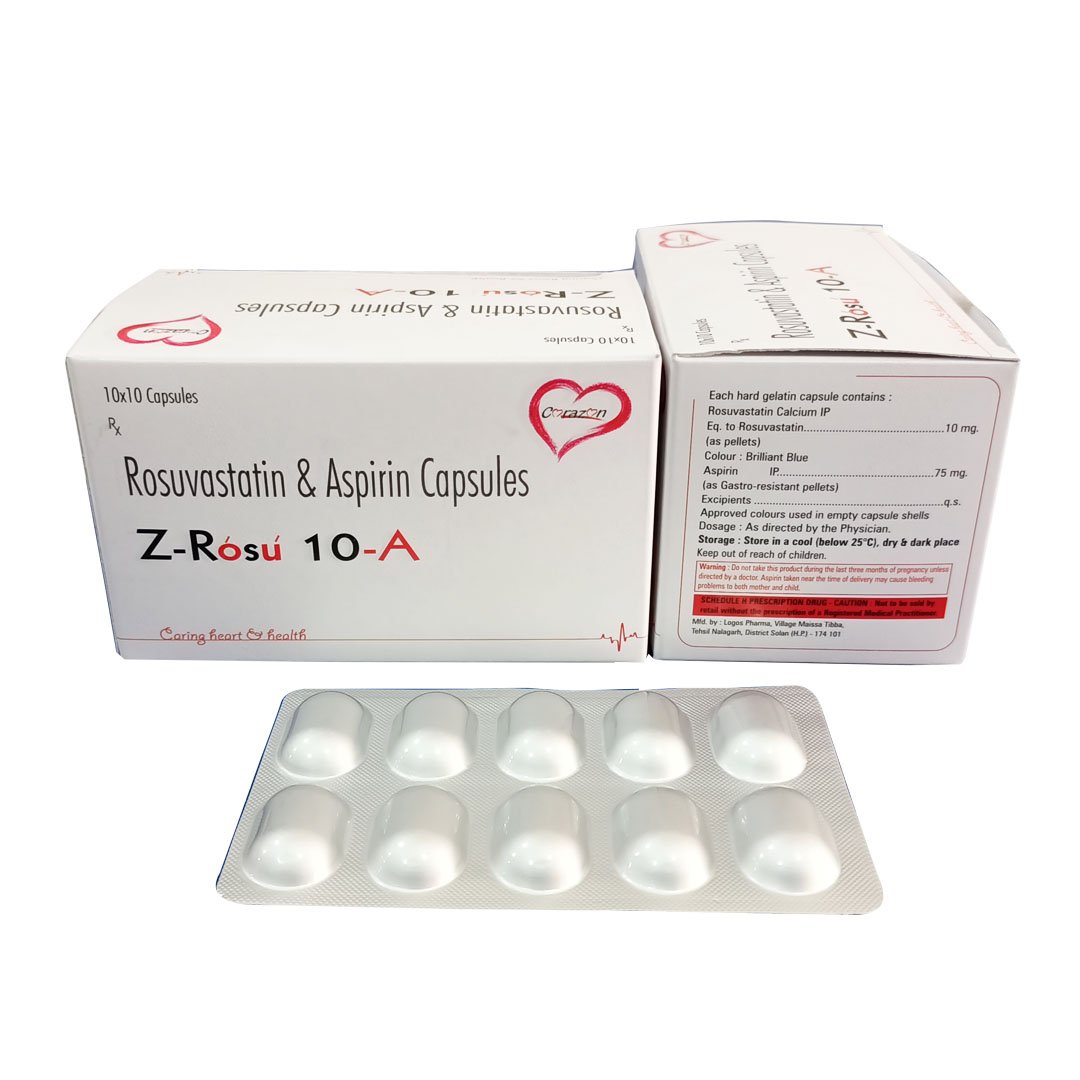IVABRADINE TABLETS 5 mg Tablet

Brand Name : Ivacardia 5 Tablet
Composition : IVABRADINE TABLETS 5 mg Tablet
Packing Type : 10x10
Product Price : Rs. 1990
Ivabradine 5mg Tablet is commonly used to manage and treat angina, also known as heart-related chest pain, and chronic heart failure. The tablet is composed of Ivabradine, belonging to the drug class of hyperpolarization-activated cyclic nucleotide-gated (HCN) channel blockers, an I(f) current inhibitor. This medication helps by reducing the heart rate, which helps improve the heart’s efficiency and reduces strain. This ensures smooth blood flow to the heart muscles.
Ivabradine is highly valued for its ability to target heart rate reduction specifically, without negatively impacting the heart’s contraction strength. This medication is crucial for managing cardiac conditions where a controlled heart rate is vital for improving overall cardiovascular function and quality of life. Ivabradine works by slowing the heart rate, allowing the heart to pump more blood through the body with each beat.
Arlak Corazon is India’s rapidly growing Cardiac PCD Pharma Company. The company delivers a wide range of finest quality Cardiac medicines, which are prepared to treat and cure heart-related conditions, along with Ivabradine, sold under the brand name IVA CARDIA 5. All the medication formulations are manufactured under the WHO, ISO, and GMP accreditations.
What is The Working Mechanism of Ivabradine Tablet?
Ivabradine is a pure heart rate-lowering agent, acting by selective and specific inhibition of the cardiac pacemaker IF (Funny Current ) in the sinoatrial node. In a concentration-dependent manner without affecting any other cardiac ionic channels (including calcium or potassium).
Ivabradine binds by entering and attaching to a site on the channel pore from the intracellular side and disrupts the IF ion current flow, which prolongs diastolic depolarization, lowering heart rate. Hence, it allows the heart to beat more slowly and efficiently, improving blood supply and oxygen delivery to the heart muscle.
Medical Benefits of Using Ivabradine Tablet
The Medical Benefits of Using Ivabradine Tablets are as follows:
- Ivabradine Tablet is used to treat symptomatic stable angina pectoris (chest pain) in patients.
- It is used in the treatment of chronic heart failure.
- Also, helps to reduce the risk of hospitalization due to worsening heart failure.
- Improves the ability to engage in physical activity by reducing heart rate-related strain.
- Ivabradine can help reduce the frequency and severity of chest pain in individuals with stable angina.
- This tablet is useful for patients intolerant to beta-blockers.
Possible Side Effects of Using Ivabradine Tablet
Side effects could range from common to severe, and most of them don’t require any medical attention. Consult your doctor in case the side effects persist.
Some of the possible side effects are mentioned below:
- Slow heart rate
- Luminous phenomena (Enhanced brightness)
- Dizziness
- Blurred vision
- Atrial fibrillation
- ECG changes
- High blood pressure
Safety and Precautions
Some precautions and a set of guidelines have to be followed while taking the Ivabradine Tablet. Disclose your past and recent health issues to your healthcare provider to avoid any adverse side effects.
- Take this medication as prescribed by the doctor.
- If you’re pregnant or breastfeeding, avoid taking this medication.
- Inform your doctor about any history of arrhythmias or low blood pressure.
- Avoid grapefruit juice as it can interact with the medication.
- Ivabradine Tablet should be used with caution in patients with liver disease.
- Consult your doctor if you have a fast, slow, or irregular heartbeat, dizziness, fainting, or trouble breathing while using this medicine.
Frequently Asked Questions (FAQ’s)
Q1: Why do I see bright lights or blurred vision?
This is a known side effect called "luminous phenomena," caused by the drug's interaction with retinal cells. It is temporary and may subside during treatment.
Q2: Can I stop taking Ivabradine if my heart rate becomes normal?
No. Do not stop taking this medication without consulting your doctor, as it may cause your condition to worsen.
Q3: Can Ivabradine affect blood pressure?
Unlike many other heart medications, Ivabradine does not usually lower blood pressure significantly, but monitoring is still advised.
Address
SCO 5-6, Zirakpur-Panchkula-Kalka Hwy, near Hotel Sunpark, Wadhawa Nagar, Dhakoli, Zirakpur, Punjab 140603
Contact No.
+91-7087571536
Email
arlakcorazon@gmail.com



